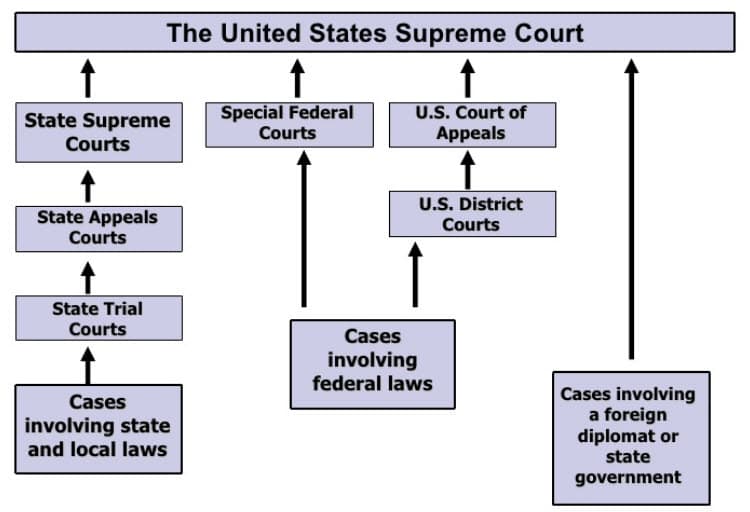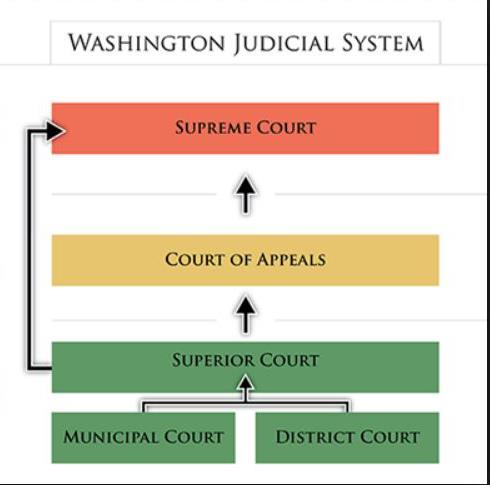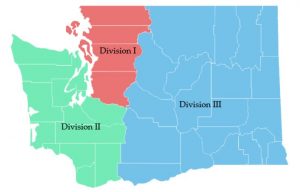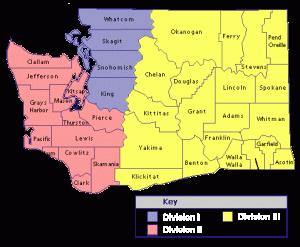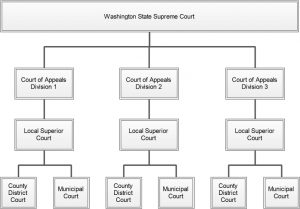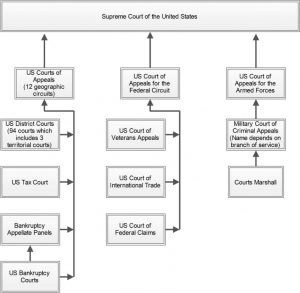PS 102 – Chapter 6 – An Introduction to Evasion of Service Case Law
The decisions made in some of the cases presented here may surprise you by the way in which the courts go about deciding what behavior is evasion of service and what is not. It is important to understand that almost any statement made about whether or not a person is avoiding service is conclusory in nature as opposed to being factual. For this reason it is considered best practice to avoid expressing an opinion one way or the other about whether or not a person is avoiding service.
For example, you may make several attempts to serve someone. Each time you knock on the door you hear movement inside. You can hear a radio playing in the background and you note that sometimes it is playing and sometimes it isn’t. You’re sure someone is inside but they won’t answer the door. Sometimes there are lights on inside and sometimes there are not. You conclude they are avoiding service. You report this to your client and provide them with a declaration detailing all of your attempts and what you saw and heard. Your client uses this declaration to obtain an order from the court allowing service by mail. Service is made in that fashion, your client takes a default judgment, and garnishes the defendant’s bank account.
Sometime later the defendant discovers his bank account has been garnished. Claiming he was never served he hires an attorney and moves the court to set aside the default judgment. He submits to the court a detailed declaration explaining that he was on vacation in Europe at the time of service. He supports this with airline tickets and hotel receipts. He also points out that he had lights inside his home on a timer to turn them on and off and had the same timer on his radio. He further explains that his dog was in the house while he was gone and that a neighbor came over once a day to walk and feed the dog. He even supplies a declaration from his neighbor to corroborate his story.
The judge dismisses case and applies sanctions against your client who in turn looks at you for compensation for the failed judgment and all associated costs. Chances are good your client will get them from you. And he is certainly no longer a client of yours.
Professional process servers understand the difference between a fact and a conclusion. From the scenario above we have the following facts:
- Sometimes the lights were on and sometimes they were off.
- Sometimes the radio was on and sometimes it was off.
- You could hear the sound of movement inside.
- No one answers the door to your knocking.
As demonstrated above, there are multiple explanations for this set of facts. Any number of conclusions might be drawn from them and most of them will be wrong.
A process server’s role is to provide facts. It is up to the client or the court to draw conclusions from those facts.

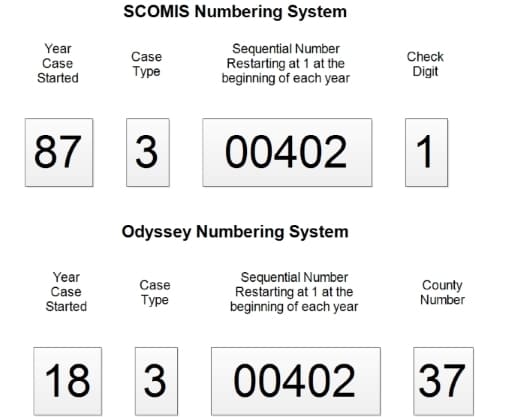
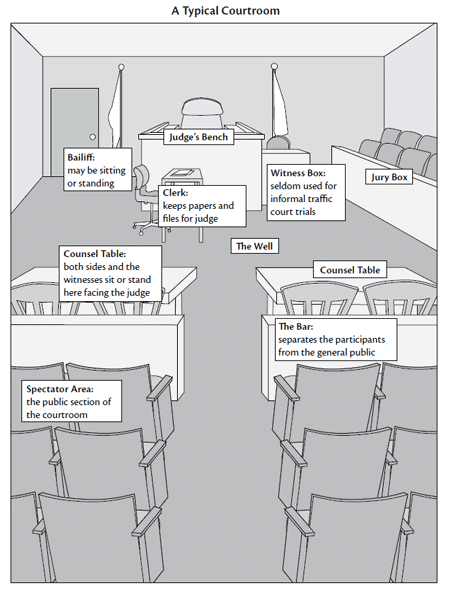 This is a rough diagram of a typical courtroom in the state of Washington. Courtrooms vary a great deal from city to city and county to county but they all have the same basic structure.
This is a rough diagram of a typical courtroom in the state of Washington. Courtrooms vary a great deal from city to city and county to county but they all have the same basic structure.